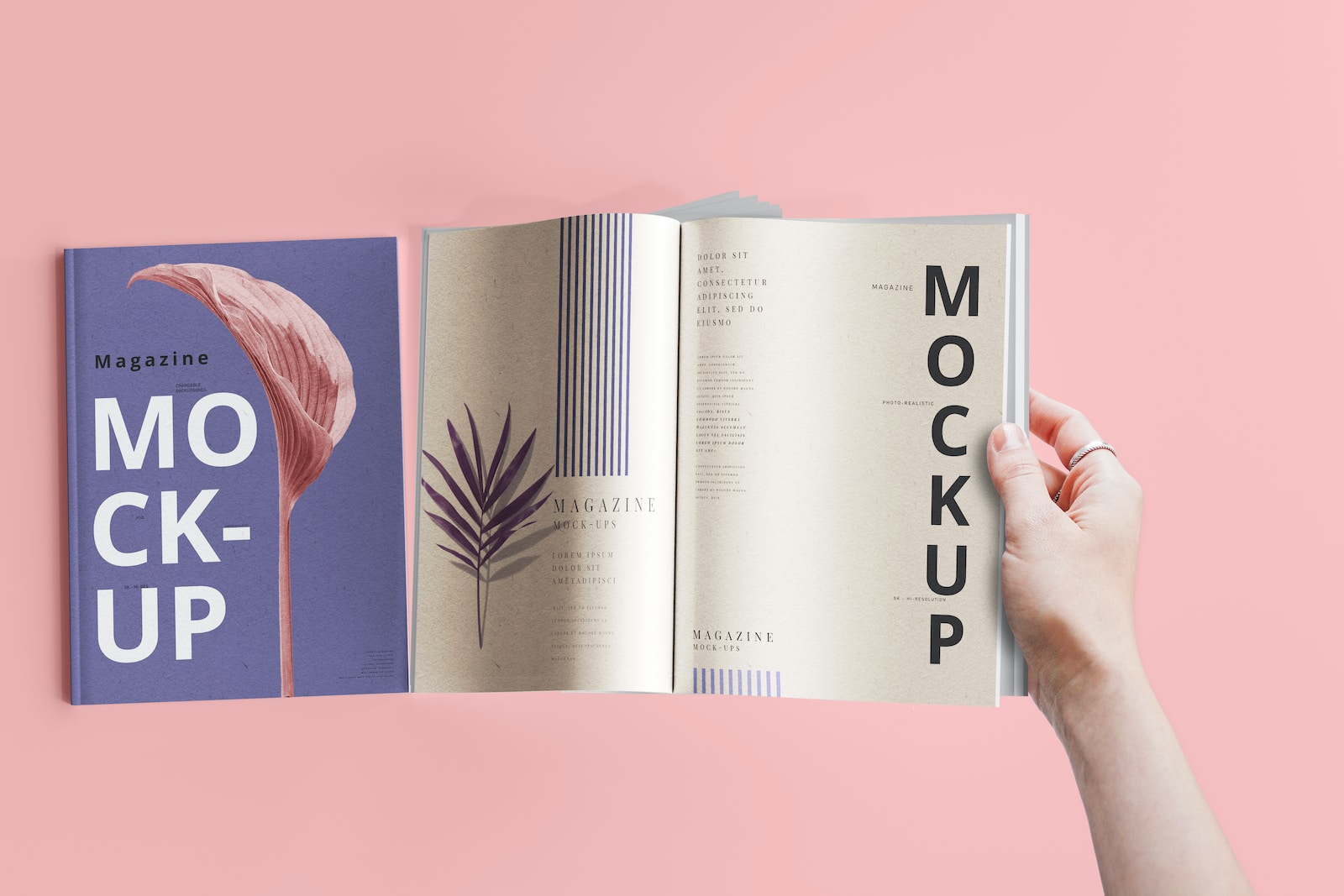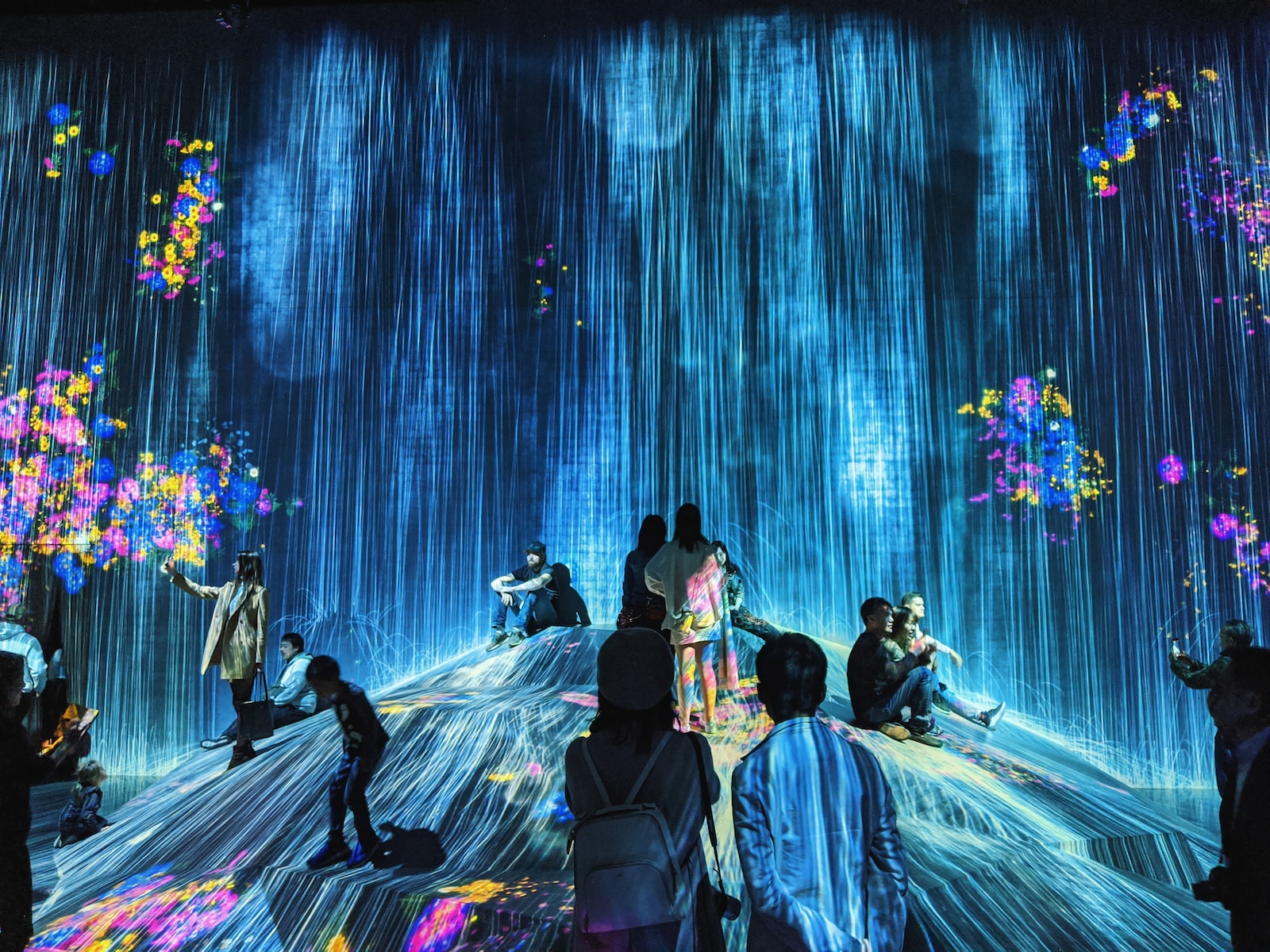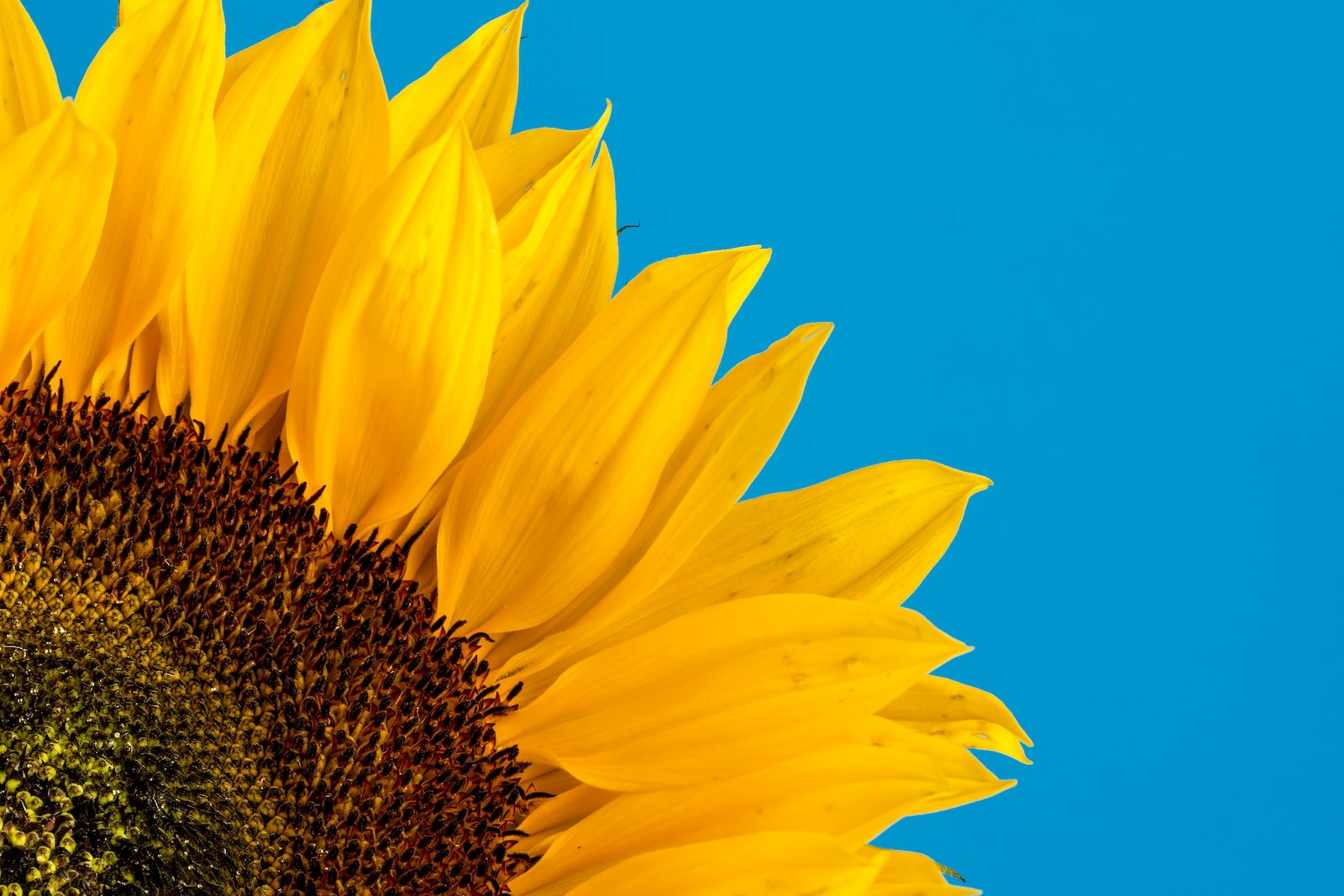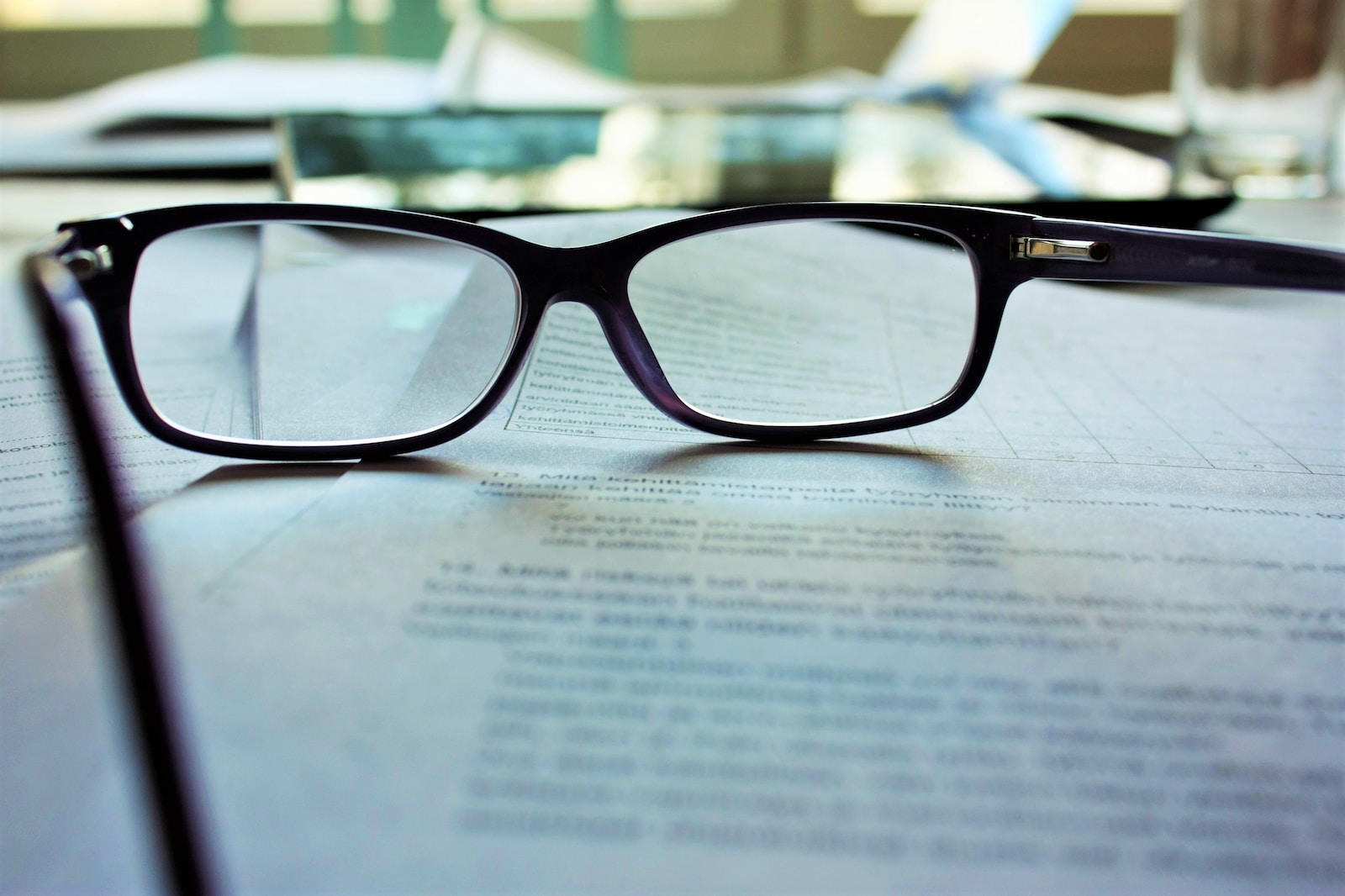Welcome to Turn the Pages: A Photojournal of Books. This captivating blog will take you on a visual journey, delving into the world of book photography. Join us as we explore the intricacies of capturing the subtle details and textures found within the pages of books. With a focus on abstract and still life photography, we showcase the beauty that can be found in this unique art form. Prepare to be amazed by the extraordinary images that bring books to life in a whole new way.
Table of Contents
- The Intricate World of Book Photography
- Exploring Book Photography
- Discover the Art of Book Photography: Capturing the Subtle Details and Textures
- Frequently Asked Questions
- What is book photography?
- What equipment do I need for book photography?
- How do I capture the textures of book pages?
- Can I photograph books using abstract techniques?
- What can I do with my book photography images?
- How can I improve my book photography skills?
- Where can I find inspiration for book photography?
- How can I create a cohesive book photography series?
- Can book photography be considered a form of still life photography?
- Are there any legal concerns when photographing books?
- Wrap Up
The Intricate World of Book Photography
Books have long been cherished for their timeless tales, inspirational words, and the adventures they take us on. However, there is another aspect to books that often goes unnoticed – the beauty hidden within their pages. Book photography is a unique and abstract form of capturing the subtle details and textures found in these literary treasures. It offers an opportunity to see books in a whole new light, uncovering their intricate designs and delicate nuances that make them so enchanting.
One of the most captivating aspects of book photography is the intricate patterns and textures that emerge when the pages are examined up close. Each page tells a story of its own, filled with lines, creases, and folds that add depth and character to the overall composition. By zooming in and focusing on these delicate details, photographers can create visually stunning images that not only capture the essence of the book but also evoke a sense of nostalgia and wonder in the viewer.
Unlocking the Artistry of Book Photography
When it comes to capturing the essence of books through photography, there are several techniques that can take your images to the next level:
- Macro Photography: Utilize a macro lens or extension tubes to capture the intricate details of the book pages. By getting up close and personal, you can reveal the hidden worlds within the printed words, showcasing the minute details that would otherwise go unnoticed.
- Play with Lighting: Experiment with different lighting setups to bring out the textures and create depth in your photographs. Soft, diffused light can gently illuminate the pages, emphasizing their delicate features, while harsher lighting can cast intriguing shadows, adding drama and intrigue to your compositions.
- Composition: Consider the placement and arrangement of the book pages within the frame. Experiment with angles, lines, and negative space to create visually striking compositions. Look for interesting patterns and shapes that emerge from the pages and use them to guide the viewer’s eye.
- Color or Black and White: Decide whether you want to capture the vibrant colors of the book pages or opt for a more timeless and nostalgic black and white approach. Each choice can evoke a different emotional response in the viewer, so experiment with both to see which fits your artistic vision.
- Experiment with Perspective: Don’t be afraid to explore different angles and viewpoints to capture the essence of the book. Experiment with shooting from above, below, or even through other elements, such as glasses or foliage, to create unique and visually intriguing compositions.
Whether you’re an avid reader, a photography enthusiast, or simply appreciate the beauty of books, book photography offers a fascinating journey into the world of intricate details and textures. It allows us to see beyond the words on the page and truly appreciate the artistry that lies within. So grab your camera, turn the pages, and embark on this enchanting photojournal journey to capture the hidden stories that books have to tell.
Did you know that book photography, also known as bibliophotography, has gained popularity as a unique form of visual storytelling? By capturing the textures, colors, and details of book pages, photographers bring life to a whole new dimension of the literary world.
Exploring Book Photography
When it comes to capturing the subtle details and textures of book pages, having the right equipment is essential. Whether you are new to book photography or an experienced photographer looking to enhance your skills, this section will guide you through the best choices for cameras, lenses, and other equipment.
Choosing the Right Camera
The camera you use plays a significant role in capturing the intricate details of book pages. While there are many options available, here are a few features to consider:
- High Resolution: Look for a camera with a high megapixel count to ensure you can capture fine details.
- Full Frame vs. Crop Sensor: Full-frame cameras allow for wider shots and better low-light performance, while crop sensor cameras provide a smaller, more affordable option.
- Image Stabilization: This feature helps minimize camera shake, resulting in sharper images.
Remember, the best camera for book photography ultimately depends on your budget and personal preferences. Take time to research different models and try them out before making a decision.
Selecting the Ideal Lens
Choosing the right lens is crucial to capturing the intricate details and textures of book pages. Here are a few lens options and their benefits:
- Macro Lens: A macro lens allows you to capture extreme close-ups, highlighting the subtle details of book pages.
- Prime Lens: Prime lenses offer excellent image quality and are often faster, allowing for better performance in low-light conditions.
- Wide-Angle Lens: While wide-angle lenses may not be the first choice for book photography, they can be useful for capturing creative shots of book collections or bookstores.
Experimenting with different lenses can bring a fresh perspective to your book photography. Consider renting or borrowing lenses before investing in them to determine which options suit your style best.
Aside from cameras and lenses, a few additional equipment items can enhance your book photography experience:
- Tripod: Using a tripod helps stabilize your camera and ensures sharp images, especially when shooting in low light or utilizing longer exposure times.
- Remote Shutter Release: A remote shutter release allows you to trigger the shutter without physically touching the camera, minimizing the risk of camera shake.
- Lighting Equipment: Proper lighting is crucial to capturing the nuances and textures of book pages. Consider using a softbox or a ring light to achieve even illumination.
Remember, equipment is just a tool. Experimenting with different options and finding what works best for your unique style and vision is key to creating captivating book photography.
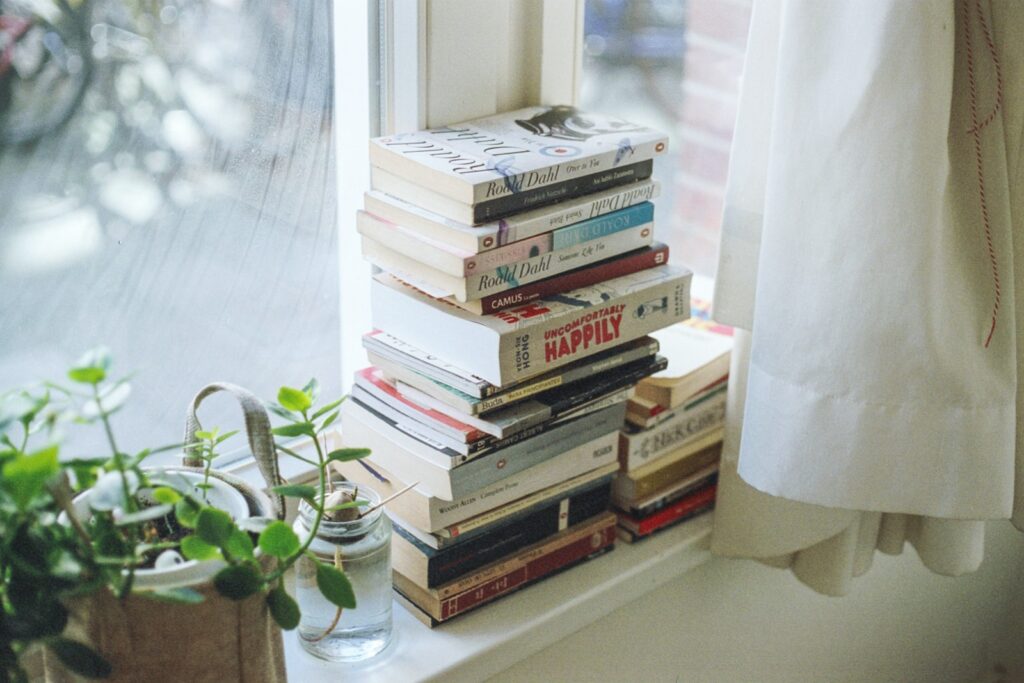
Discover the Art of Book Photography: Capturing the Subtle Details and Textures
As a photographer, you are always seeking new and unique subjects to capture through your lens. Why not turn your attention to the fascinating world of book photography? In this blog post, we will explore the enchanting journey of capturing the subtle details and textures found within the pages of books.
Understanding the Best Time of Year for Book Photography
Book photography can be pursued year-round, but there are certain seasons that offer optimal conditions for achieving striking results. One of the most alluring aspects of book photography is the interplay between natural and artificial lighting. Therefore, it is recommended to embark on this endeavor during the transitional periods of spring and autumn.
During spring, the soft, diffused light contributes to an ethereal and dreamy atmosphere, perfect for capturing the delicate nuances of book pages. The blossoming flowers and fresh greenery provide captivating backdrops, adding an artistic touch to your compositions.
On the other hand, autumn offers a wealth of warm tones and textures. The golden foliage and the gentle play of sunlight evoke a sense of coziness and nostalgia, accentuating the rich details within the pages of the books you photograph.
Exploring Vantage Points and Optimal Positions
To truly bring book photography to life, it is crucial to experiment with different vantage points and positions. By doing so, you can capture unique perspectives and highlight the intricate details that make book pages so visually captivating.
One option is to photograph books from above, creating visually pleasing flat lay compositions. By arranging books and incorporating other relevant elements such as reading glasses, bookmarks, or even a steaming cup of coffee, you can create a visually appealing narrative that draws the viewer into the world of books.
Alternatively, you can position the books at eye level and capture them at a close range to emphasize the textures and subtle nuances of individual pages. This method allows you to bring out the tactile qualities of books, inviting your viewers to appreciate the tangible beauty of printed words.
Lastly, don’t be afraid to experiment with unconventional angles. Tilt the books, shoot from below, or introduce a mirror to create a sense of depth and add an element of surprise to your photographs.
Ultimately, the best vantage point and position depend on your vision and the story you wish to convey. Each option offers a unique perspective and can evoke different emotions in the viewer. So, grab your camera and embark on a journey of exploration, as you discover the endless possibilities hidden within the world of book photography!
When photographing book pages, use a macro lens to capture the intricate details and textures. Adjust the aperture to create a shallow depth of field, emphasizing specific areas of the page. Experiment with different angles and lighting to enhance the abstract nature of the photographs.
Frequently Asked Questions
What is book photography?
Book photography is a unique form of photography that focuses on capturing the beauty and details of book pages. It involves creatively photographing different angles, textures, and patterns found within the pages of books.
What equipment do I need for book photography?
To get started with book photography, you don’t need any specialized equipment. A good quality camera or even a smartphone with a decent camera will suffice. However, if you’re looking to enhance your photography further, you may consider investing in a macro lens to capture intricate details.
How do I capture the textures of book pages?
To capture the textures of book pages, it’s important to pay attention to lighting. Soft, diffused lighting works best as it helps bring out the details. Experiment with different angles and distances to find the right composition that highlights the unique textures of the pages.
Can I photograph books using abstract techniques?
Absolutely! Book photography offers endless possibilities for abstract compositions. You can experiment with different angles, colors, and shapes to create visually intriguing and thought-provoking abstract images. Let your creativity guide you and see the book pages as a canvas for artistic expression.
What can I do with my book photography images?
Once you’ve captured stunning book photography images, there are several ways you can showcase and utilize them. You can create a portfolio to share your work with others, sell your prints online or at art fairs, or even collaborate with authors or publishers who may be interested in featuring your images in their projects.
How can I improve my book photography skills?
Improving your book photography skills requires practice and experimentation. Here are a few tips to help you enhance your skills:
- Study composition techniques
- Learn about lighting and its impact on your photos
- Experiment with different camera settings and angles
- Explore various genres of photography for inspiration
- Join photography communities or take workshops to learn from others
Where can I find inspiration for book photography?
Finding inspiration for your book photography can come from various sources. Here are a few suggestions:
- Visit your local library or bookstore and browse through different books
- Engage with other photographers on social media or photography forums
- Explore online galleries and photography websites
- Experiment with different book genres and themes
- Try collaborating with writers or book enthusiasts for unique concepts
How can I create a cohesive book photography series?
To create a cohesive book photography series, consider the following:
- Choose a consistent theme or concept
- Pay attention to colors, textures, and composition in your images
- Experiment with different books and styles while maintaining a visual harmony
- Consider sequencing and storytelling in the arrangement of your photographs
- Review and curate your images to ensure a strong narrative in your series
Can book photography be considered a form of still life photography?
Yes, book photography can be classified as a form of still life photography. Still life photography involves capturing inanimate objects, and book pages, with their unique textures, colors, and arrangements, fit perfectly within this genre. Expanding your skills in still life photography can further enhance your book photography endeavors.
Are there any legal concerns when photographing books?
While photographing books for personal and non-commercial purposes is generally acceptable, there may be legal concerns when using book photography commercially, especially if it involves copyrighted material. It’s important to familiarize yourself with copyright laws and seek appropriate permissions when necessary. Always respect intellectual property rights and credit authors and publishers when sharing or using book photography images.
Wrap Up
In the world of photography, there is something truly captivating about capturing the subtle details and textures found within the pages of books. Book photography offers a unique and abstract form of art that can transport you into a different realm. From the intricate patterns created by ink on paper to the aged pages that tell stories of their own, this photojournal of books invites you to appreciate the beauty in the written word.
If you have any questions or would like to share your thoughts on book photography, abstract photography, texture photography, or still life photography, I encourage you to leave a comment below. Let’s continue this journey together, celebrating the artistry found within the pages of our favorite books.
